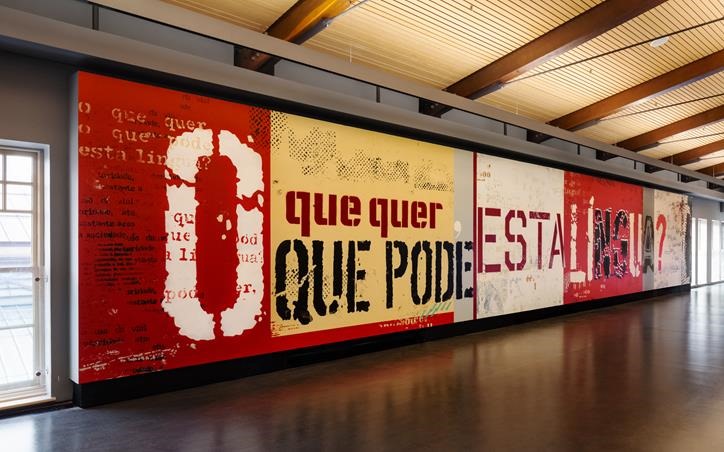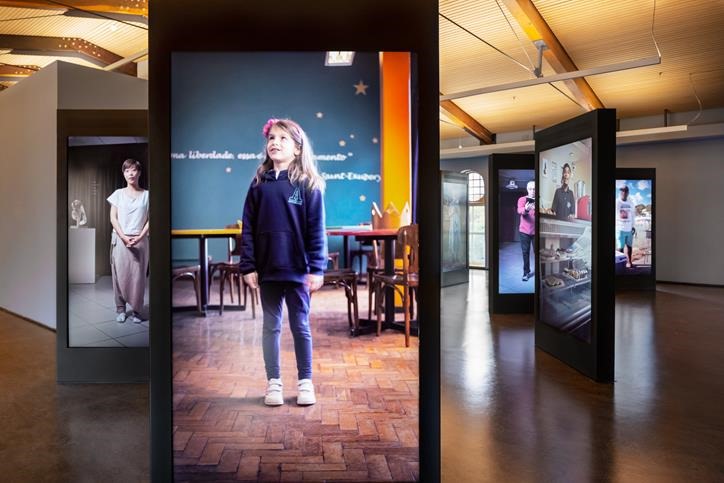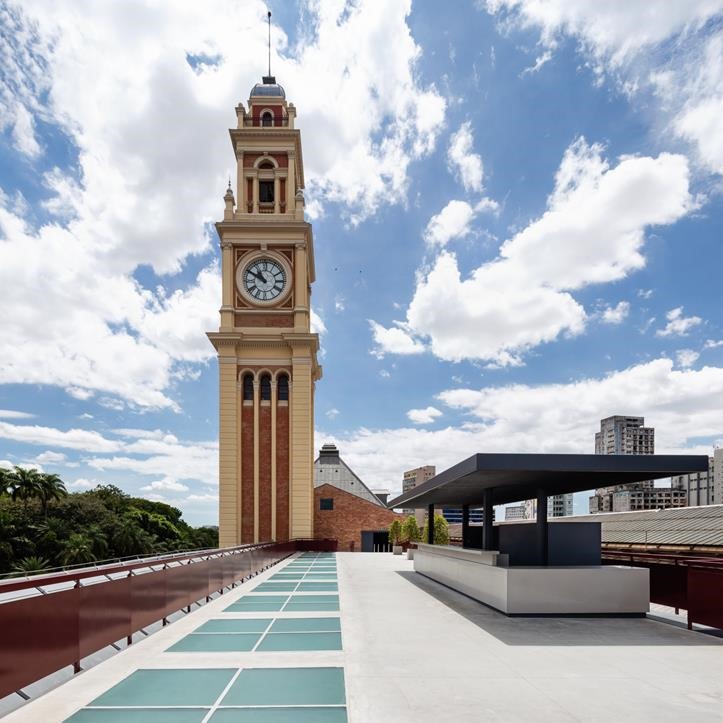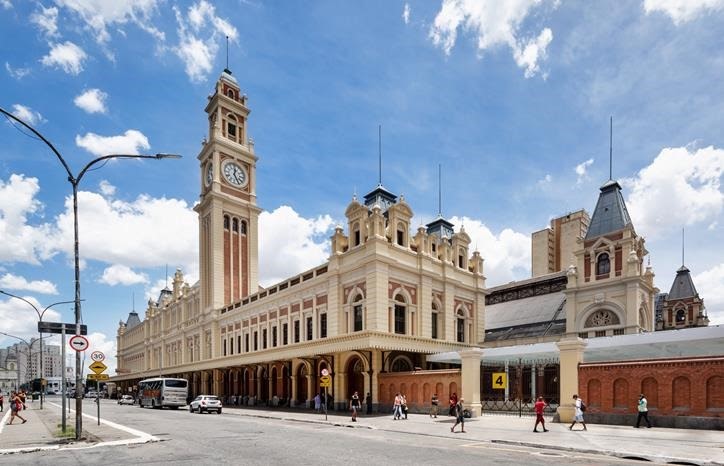The Portuguese Language Museum, an institution of the Secretariat of Culture and Creative Economy of the State of São Paulo, will be reopened on July 31strebuilt after the fire that hit it in December 2015.
One of the first museums entirely dedicated to a language, located in the city with the largest number of Portuguese speakers in the world, São Paulo, in the historic Estação da Luz, the Museum celebrates the language as a founding element of our culture. Through interactive experiences, audiovisual content and immersive environments, visitors are taken to delve into the history and diversity of the language spoken by 261 million people around the world.
The official opening ceremony, on the 31st, will be broadcast live on the Museum’s social networks.
The subsequent opening to the public will take place under the restrictions determined by measures to combat COVID-19. Tickets can be purchased exclusively online, with a scheduled date and time, and audience capacity is restricted to 40 people every 45 minutes. Visitors will be provided with touchscreen key fobs to avoid touching the interactive screens.

The Museum content has been updated. In its long-term exhibition, the Museum will have new and previously existing experiences, which impacted the public in its 10 years of operation (2006-2015).
Among the new installations are “Languages of the World”, which highlights 23 of the more than 7,000 languages spoken in the world today; “Falares”, which brings together the different accents and expressions of the language in Brazil; and “We of the Portuguese Language”, which presents the Portuguese language in the world, with the ties, embarrassments and cultural diversity of the Community of Portuguese Speaking Countries (CPLP).
The main experiences remain in the collection, such as the installation “Palavras Cruzadas”, which shows the languages that influenced Portuguese in Brazil; and the “Praça da Língua”, a kind of ‘language planetarium’ that pays homage to the written, spoken and sung Portuguese language, in an immersive spectacle of sound and light.
Curated by Isa Grinspum Ferraz and Hugo Barreto, the content was developed with the collaboration of writers, linguists, researchers, artists, filmmakers, screenwriters, graphic artists, among other professionals from several Portuguese-speaking countries.
The temporary exhibition for the Museum’s reopening, “Língua Solta”, presents the Portuguese language in its broad and diverse developments in art and everyday life. Curated by Fabiana Moraes and Moacir dos Anjos, the exhibition connects art to politics, life in society, everyday practices, forms of protest and religion, in objects always anchored in the use of the Portuguese language.

New terrace and fire safety reinforcement
One of the main historical buildings in São Paulo, a landmark in the city’s development and beloved by the entire population, Estação da Luz has a unique symbolic importance: it was one of the gateways for thousands of immigrants arriving in Brazil. It was there that, after disembarking from the ships in Santos, they had their first contact with the Portuguese language.
With the complete architectural recovery and readjustment of its internal spaces, which involved restoration and reconstruction works, the Museum maintained the structuring concepts of the original intervention project – signed by architect Paulo Mendes da Rocha and his son Pedro, in 2006 – and gained improvements .
On the ground floor, the museum opens to the station, reinforcing its communication with the city. On the upper floors, spaces were optimized, new materials were introduced and the museum gained more rooms for its installations. And on the third floor there will be a terrace with views of Jardim da Luz and the clock tower. This space will pay homage to architect Paulo Mendes da Rocha, who died this year. The new version was designed by Pedro Mendes da Rocha and developed in the pre-executive and executive project stages by Metrópole Arquitetura, under the coordination of Ana Paula Pontes and Anna Helena Villela.
The reconstruction also incorporates infrastructure and safety improvements, especially against fires, which exceed the requirements of the Fire Department. Among the new measures is the installation of sprinklers (automatic showers) to reinforce the fire safety system. In the case of the Museum, sprinklers are not a legal requirement, but it was a recommendation from the firefighters to bring more safety to the project.

Sustainability: focus on the LEED seal and recovered wood
The museum will also reopen with environmental certification. Sustainability guidelines guided the entire work, and the Museum obtained the LEED (Leadership in Energy and Environmental Design) seal – one of the most important in the world in the area of sustainable construction – in the Silver category. Among the measures are the adoption of energy-saving techniques in the museum’s operation; waste management during works; and the use of wood that meets sustainability requirements (certified and demolition) throughout the Museum.
Around 85% of the wood needed to restore the frames was used from the material already existing in the building, with the reuse of wood from the original roof, dating from 1946. In the construction of the new roof, 89 tons (67 m³) were used. certified wood from the Amazon.
More than 300 frames were restored or redone, in work that gave new life to wood that was more than 70 years old, dating back to 1946. In the carpentry shop installed on the first floor of the building, the partially charred material (pink and yellow peroba do campo) was restored and reused in the work.
Credit Ana Mello.
Accommodation: Make your reservations on Booking.com and travel with peace of mind.
Car rental: Are you going to rent a car? Get quotes from several companies on rentcars.com.
Airline ticket: You can buy it at Passagens Promo.

Sign up for our newsletter and stay up to date with exclusive news
that can transform your routine!
Warning: Undefined array key "title" in /home/storelat/public_html/wp-content/plugins/link-whisper-premium/templates/frontend/related-posts.php on line 12
Warning: Undefined array key "title_tag" in /home/storelat/public_html/wp-content/plugins/link-whisper-premium/templates/frontend/related-posts.php on line 13




